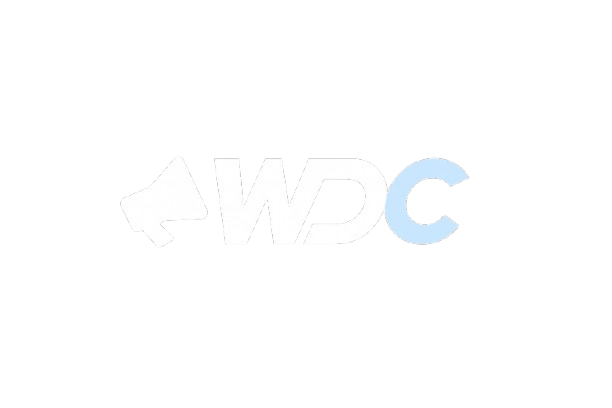In today’s competitive marketplace, businesses face the constant challenge of reaching their target audiences effectively. Among the strategies that have stood the test of time are push and pull marketing. While the concepts themselves are not new, the evolving digital landscape and consumer behaviors in 2025 have reshaped how these approaches are implemented. Understanding the nuances of each and knowing when to use them can give your brand a competitive edge.
What Is Pull Marketing?
Pull marketing, or “inbound marketing,” focuses on attracting consumers to your brand organically. Rather than actively pushing your message, you create opportunities for potential customers to discover your product or service when they have a specific need. The key is to build trust, offer valuable content, and create an emotional connection with your audience.
Examples of Pull Marketing in 2025
- Search Engine Optimization (SEO): With voice and visual search gaining traction, optimizing your content for diverse search formats is critical to drawing in traffic.
- Content Marketing: Blogs, podcasts, webinars, and video tutorials that educate or entertain audiences continue to pull users toward brands.
- Social Media Engagement: Brands that foster authentic interactions and user-generated content see higher levels of organic interest.
- Community Building: Platforms like Discord and niche forums are being leveraged to build loyal fan bases who naturally advocate for the brand.
Pull marketing thrives when your objective is long-term customer relationships and brand loyalty. While it requires more time and effort to show results, it often leads to higher engagement and stronger brand advocacy.
Key Differences Between Push and Pull Marketing
| Aspect | Push Marketing | Pull Marketing |
|---|---|---|
| Approach | Proactive outreach | Reactive attraction |
| Objective | Immediate sales | Long-term engagement and loyalty |
| Channels Used | Ads, promotions, direct outreach | SEO, content marketing, social media |
| Consumer Experience | Often perceived as interruptive | Seen as helpful and relevant |
| Timeline for Results | Short-term | Long-term |
When to Use Push Marketing in 2025
- Product Launches: Push marketing is ideal for generating buzz around a new product or service. Combining it with teaser campaigns and influencer promotions can amplify its impact.
- Seasonal Promotions: During peak shopping seasons like Black Friday or back-to-school, push tactics can drive immediate action.
- Overcoming Market Saturation: In highly competitive markets, pushing a strong, unique value proposition can help your brand stand out.
- Event Promotions: Trade shows, webinars, and live events can benefit from targeted push campaigns to maximize attendance.
Pro Tip: Utilize AI tools to personalize push campaigns, making them feel less intrusive and more relevant to individual consumers.
When to Use Pull Marketing in 2025
- Building Brand Authority: If you want to position your business as a thought leader, creating high-quality content and sharing expert insights is crucial.
- Engaging Millennials and Gen Z: Younger generations are more likely to interact with brands that align with their values and interests, which pull marketing can effectively communicate.
- Long Sales Cycles: For industries like B2B or real estate, pull marketing helps nurture leads over time.
- Driving Organic Traffic: Investing in SEO and evergreen content ensures your brand remains discoverable for years to come.
Pro Tip: Integrate advanced analytics to understand consumer journeys and refine your pull strategies continuously.
Blending Push and Pull: A Winning Strategy
In 2025, the lines between push and pull marketing are blurring as technology allows for greater integration. For example:
- Omnichannel Campaigns: A campaign can begin with a push ad on social media and transition into pull marketing via engaging blog content.
- Retargeting Ads: Pull in users who have engaged with your content by pushing tailored offers to them.
- CRM and AI Tools: Use data to identify when a prospect is ready for a push approach after engaging with pull content.
This hybrid approach ensures you capture both immediate sales opportunities and build lasting relationships.
Conclusion
Both Push vs. Pull Marketing: have their place in a successful marketing strategy. In 2025, the key is to leverage technology and consumer insights to deliver the right approach at the right time. Push marketing can deliver quick wins and help you break into competitive markets, while pull marketing builds trust and drives sustainable growth. By understanding when and how to use each, you can create a marketing mix that not only meets your business goals but also resonates with today’s discerning consumers. Web Development Company can help you to effectively use Push vs. Pull Marketing

